Description
The pocket-sized computer transforming the world. Meet the new micro:bit v2, now with an added speaker and microphone for out-of-box audio learning. The hardware also includes a number of technical upgrades to ensure that in the future the device is an ideal tool for exploring, understanding, and experimenting with Artificial Intelligence and Machine Learning, as these technologies begin to transform the planet.
The new micro:bit continues to support all of the same features that teachers and students have come to love, and all the existing lessons and code for the original micro:bit will be compatible with the new device.
Designed specifically for kids and beginners, the micro:bit is a pocket-sized computer that you can code, customize and control to bring your digital ideas, games, and apps to life. Its a small, code-able device that is a non-intimidating introduction to programming and making switch on, program it to do something fun wear it, customize it, develop new ideas.
At half the size of a credit card, you will be surprised at the amount of hardware each board is equipped with, including 25 red LED lights that can flash messages. There are two programmable buttons that can be used to control games or pause and skip songs on a playlist. The micro:bit can even detect motion and tell you which direction you’re heading. It can also use Bluetooth Low Energy (BLE) to interact with other devices and the Internet.
The microcontroller on the micro:bit V2 has been upgraded tonRF52833with double the memory size to 512KB Flash, and an 8 times larger size of RAM to 128KB. With the upgrades of the main controller, micro:bit V2 is now Bluetooth 5.1 and also BLE (Bluetooth Low Energy).
Besides the MCU, the co-microcontroller that handles USB connection, KL26Z with 16KB RAM is being upgraded to KL27Z with 32KB of RAM too. micro:bit V2 still comes with an accelerometer, compass, and Bluetooth Smart antenna, as well as a micro USB and two-pin JST connector for different power options.
At the bottom of the board, you will still get the 20 gold-tabbed edge pins and however, the five ring connectors (three for digital/analog I/O, two for power and ground) for hooking up external components now come with notched edges. These notched edges will help the insert to the socket. And you can always use the crocodile/alligator clip.
Features:
- 55 LED Matrix Display (Red LEDs)
- Two Programmable Buttons
- Touch Sensitive micro:bit logo
- Additional Power Indicator LED and Mic input indicator LED
- Built-in MEMS microphone input
- Onboard Accelerometer, Compass, Light and Temperature Sensors
- Wireless Communication, via Bluetooth 5.1andBLEand 2.4GHz Radio
- Edge Connectors:
- Total 25 pins: 20 smaller pitch to pitch pins, 5 RINGS Notched Edge pins
- 4 Dedicated GPIO, PWM, I2C, SPI, Power and etc.
- 5 Ring pins for connecting crocodile clips or banana plugs
- 20-pin Edge Connectors,5 notched edge Connectors
- Dedicated I2C bus for peripherals
- Power Button to power off the MCU
- Micro USB Type-B Connector
- JST-PH Battery Connector (Not JST-XH)
- Reset Button with Status LED
- Available current for external devices:200mA
- Programming Platform: C++, Make code, Python, Scratch
Package Includes:
1 x BBC Micro:bit Go
1 x USB cable
1 x Battery holder
1 x User guide
Specifications:
| Processor | Nordic Semiconductor nRF52833 |
| Memory | 128kB RAM 512kB Flash |
| Interface | 32kB RAM NXP KL27Z |
| Edge Connector | 25 pins. 4 dedicated GPIO, PWM, i2c, SPI, and ext. power |
| I2C | Dedicated I2C bus for peripherals |
| Wireless | 2.4Ghz Micro:bit Radio/BLE Bluetooth 5.0 |
| Power | 5V via Micro USB port, 3V via edge connector or battery pack, LED power indicator, Power off (push and hold power button) |
| Current Available | 200mA available for accessories |
| Motion Sensor | ST LSM303 |
| Length (mm) | 50 |
| Width (mm) | 40 |
| Height (mm) | 10 |
| Weight (gm) | 20 |
* Product Images are shown for illustrative purposes only and may differ from actual product.

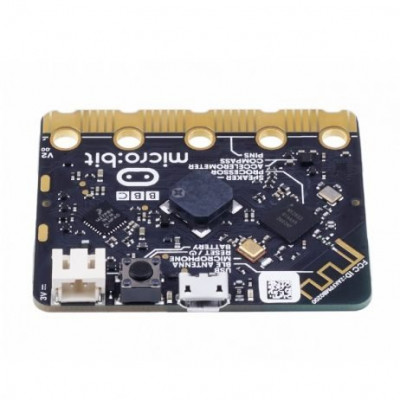
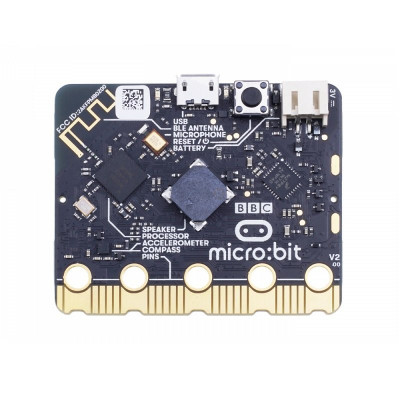

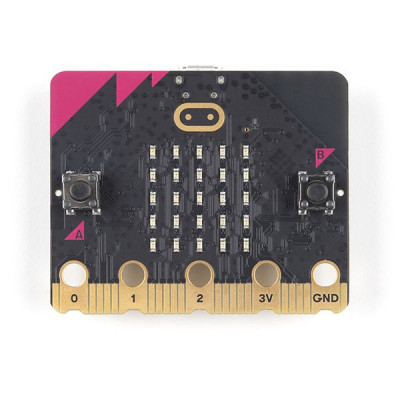
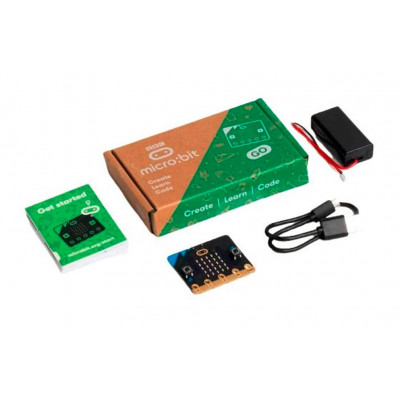
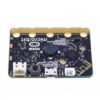
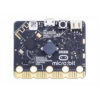
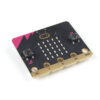
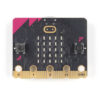
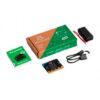
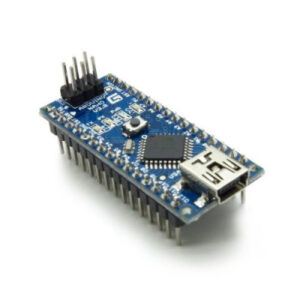
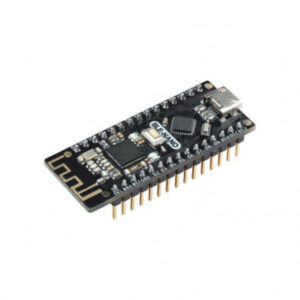
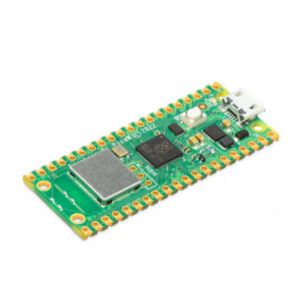
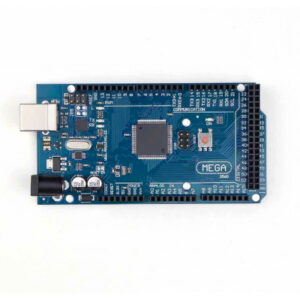
Reviews
There are no reviews yet.